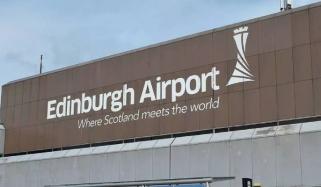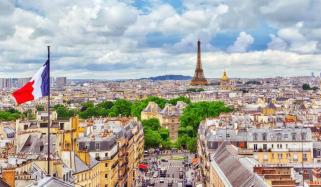
President Donald Trump's travel ban for the citizens of 12 countries – mainly from Africa and the Middle East – went into effect early this morning.
The new ruling, which Trump signed last week, "fully" restricts the nationals of Myanmar, Chad, the Republic of Congo, Afghanistan, Somalia, Haiti, Iran, Libya, Chad, Sudan, Eritrea, Equatorial Guinea, and Yemen from entering US soil.
Meanwhile, the citizens of Burundi, Laos, Sierra Leone, Togo, Turkmenistan, Cuba, and Venezuela are set to face partial restriction.
How Trump's 2017 and 2025 travel bans differ?
Unlike Trump's 2017 travel ban, which mainly targeted citizens of Muslim-majority countries and was criticised as an unconstitutional "Muslim ban," the new proclamation is broader, and legal experts said it can withstand legal challenges.
The announcement of the new ban came amid raids-triggered immigration protests in Los Angeles, which were followed by Trump deploying the National Guard to the city despite the opposition of California’s governor.
Furthermore, the new ban notably includes citizens of Haiti, a majority Christian country, who were at the receiving end of Trump's conspiracy theories, including that Haitian immigrants in Ohio eat people's pets.
Along with that, the tightened travel restriction could have an excessive effect on African countries, as Mikhail Nyamweya, a political and foreign affairs analyst informed Guardian that the new ban would "bring about a pattern of exclusion."
The list targeting citizens of non-White countries in the developing world has also sparked quite a fury, as experts are claiming that the ban is fundamentally racist.
Notably, the new ban does not revoke visas previously issued to people from countries on the list.












